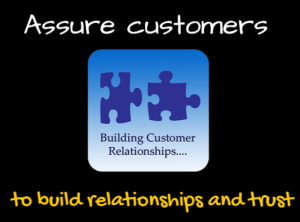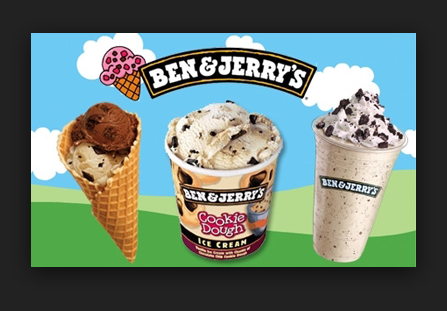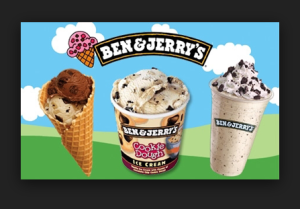What has changed in the world of Chrome extensions? A great deal. New extensions are continually emerging that can drastically change the day-to-day habits of social media marketers. Plus, a few classic extensions have undergone impressive upgrades.
Check out this list of the best Google Chrome extensions for social media marketers, and start saving some valuable time and effort at work.
Sitting down at work and firing up your computer only to be faced with an overflowing inbox isn’t the best way to start your day. This extension offers a beautiful way to get in the right headspace before getting bogged down with scheduling posts, replying to followers, monitoring hashtags, creating new content, and everything else a busy social media manager is responsible for on a daily basis.
The Momentum extension replaces your “new tab” homepage with a gorgeous new photo every day along with a personalized greeting. Momentum also allows you to set one main goal for the day and keep track of a longer to-do list, helping you stay focused throughout the day. You’ll see the local weather in the top right corner, a list of links you frequently visit to the left, and a motivational quote at the bottom of the page.
Just because social media managers get paid to be on the sites that other people use to waste time doesn’t mean they don’t suffer from bouts of intense procrastination elsewhere on the web. Thankfully, technology can be a source of discipline as much as it is a source of distraction.
StayFocusd is an extension that limits the amount of time you can spend on certain websites (a.k.a. the ones that you visit instead of doing work). Once you’ve used up your allotted time, you can’t visit the site again for the rest of the day. You can get pretty granular with what you choose to block as well, whether it’s an entire site, a specific page, or even certain types of content like videos, games, or images.
Social media managers typically have to switch between their creative and strategic hats throughout the day, often needing to wear them at the same time. Jumping back and forth between these two dynamics during a busy day can cause even the most organized person to feel a little frayed. Enter: Evernote.
The Evernote Web Clipper extension allows you to clip any article or web page and save it in one place. Alongside the notes and to-do lists that you can create in Evernote itself, this extension allows you to pull in key text from any website or article you find while doing research online. This is also a great way for you to collect content to share on social without having to keep 20 tabs open all day.
Publishing a post with a spelling mistake is a nightmare for social media managers—and rightly so. While the occasional error happens to everyone from time to time, consistent mistakes can damage your brand’s credibility. Grammarly can help catch them all, including the mistakes that manage to evade the usual red squiggly line: an incorrect verb tense, a missing article before a plural noun, or the misuse of a comma.
The Grammarly extension can catch over 250 types of errors, many of which aren’t typically caught by spellcheckers. Along with catching your mistakes, Grammarly can actually help you write better overall, by offering synonym suggestions in line with the context of what you’re writing.
The biggest challenge when working globally often has nothing to do with language barriers or cultural nuances—it’s figuring out what time it is in a different region without doing the math on your fingers under your desk. The Figure it Out extension allows you to add up to 10 time zones to your “new tab” screen, which should help make scheduling posts or setting up meetings with different regions super easy. Figure it Out also displays regional national holidays, so you can avoid posting your best social content on a day when no one will be paying attention.






















